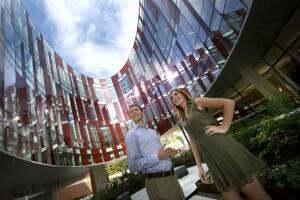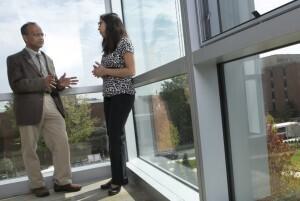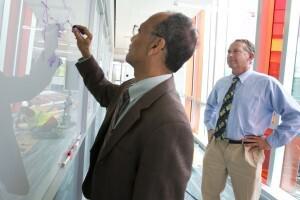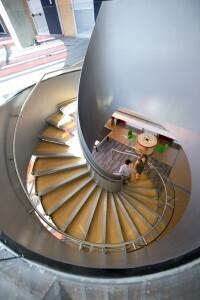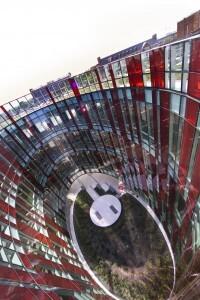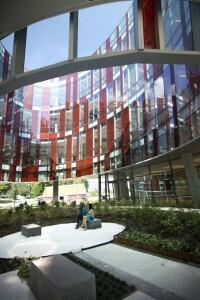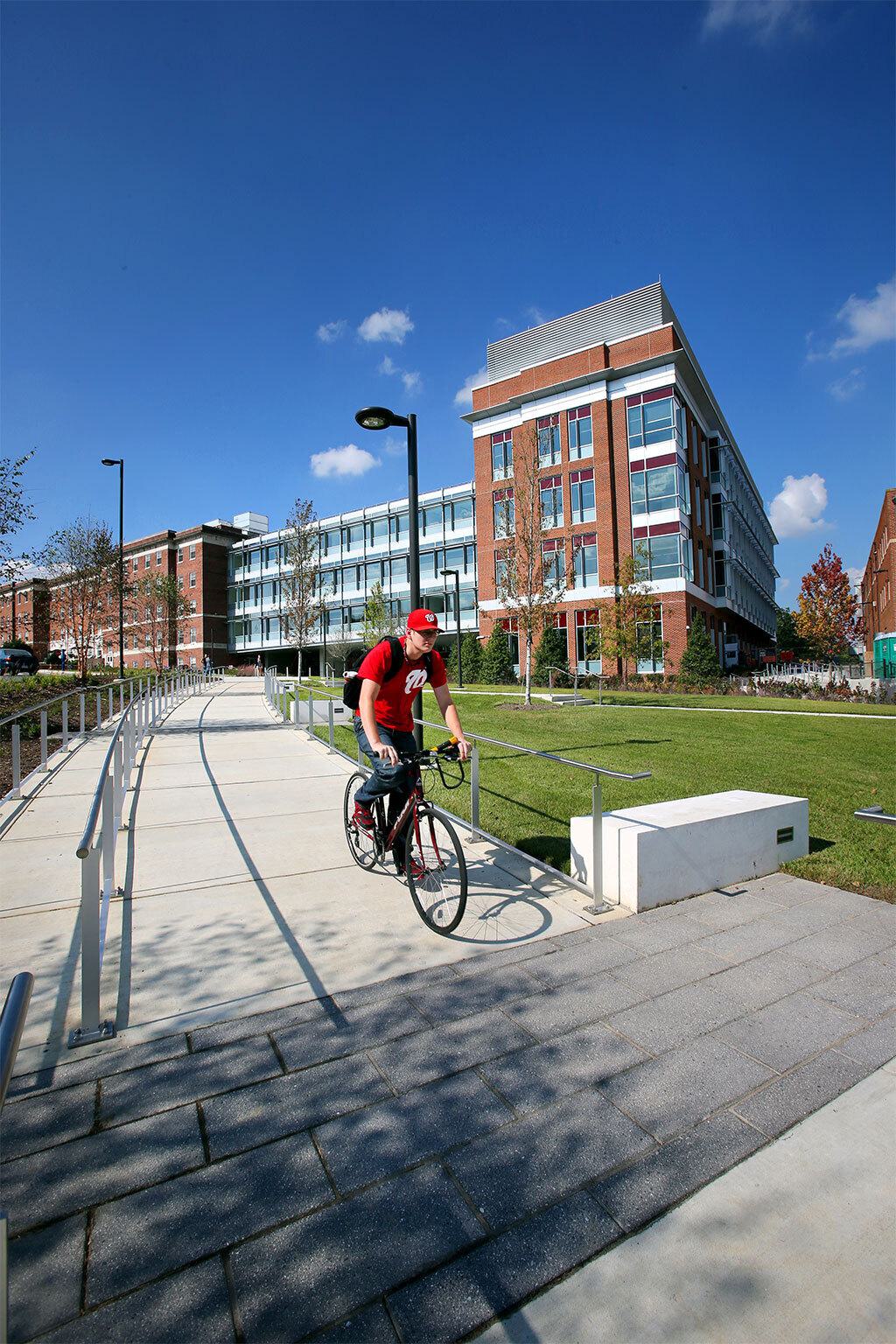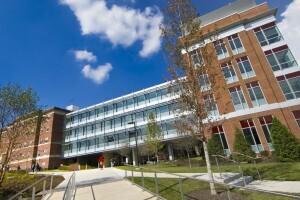- February 10, 2014
- By David Kohn
As a teenager growing up just outside Detroit in the late ’70s, Chris Monroe did what a lot of his friends did: He bought an old car and fixed it up. His was a ’72 Ford Thunderbird, that quintessential muscle car; one summer he rebuilt the entire engine.
Thirty years later, Monroe is still tinkering. Now, though, instead of wrenches and clamps, he uses an array of lasers, mirrors and lenses. He monkeys with atoms, trying to get them to sit still and follow instructions.
A physics professor as well as a fellow at the Joint Quantum Institute, he is a leading researcher in the field of quantum computing, which uses arrangements of atoms rather than silicon chips to process information. In 2012, his team used 20 atoms to construct the most complex quantum device yet; it successfully modeled a complex physics problem, describing the interactions between 20 different magnets.
The problem itself was not especially difficult: a regular PC checked the atoms’ work, although it needed 48 hours to finish, while Monroe’s device required only a few minutes. But the experiment was a crucial step on the way to constructing machines that can calculate and store data exponentially faster than is now possible. Experts say that in theory, quantum computers could perform unimaginably complex tasks—for example, breaking every cryptographic code ever devised. (That’s one reason that federal agencies such as the Department of Defense and the Intelligence Advanced Research Projects Activity help fund Monroe’s work.)
Monroe, who this month began moving into state-of-the-art labs in the new $128 million Physical Sciences Complex, is confident that quantum computing will eventually move from theory to reality. “It will work,” he says. “It’s a question of time and money.”
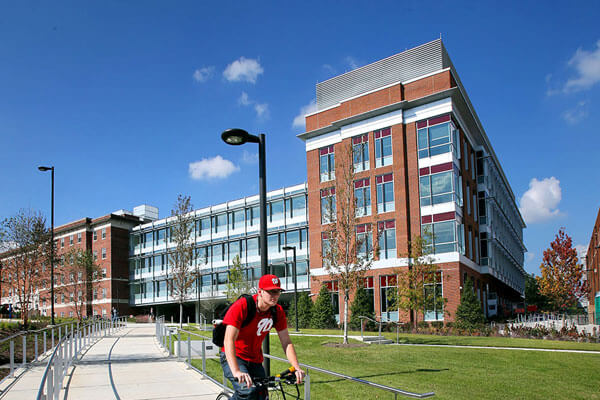
Quantum computing gets its name from quantum mechanics, which 60 years ago proved that atoms can simultaneously be in more than one place and in more than one state. This is known as “superposition,” and it means that in the right situation, particles can hold and convey much more information than traditional microprocessors, which are limited to one place and one state.
About 200 groups around the world are working in this area, which is especially intriguing now because engineers are approaching the limits of how small they can make silicon chips (the smallest are now 14 millionths of a millimeter). Monroe’s strategy is to use precisely calibrated lasers to trap and control charged atoms—ions—in a vacuum chamber, where they become processors for the quantum computer.
The difficulty lies in corralling the atoms: Not only are they small, but the act of observing them changes their nature and thus makes it hard to evaluate the information they hold. Trying to solve these issues, Monroe says, is “21st-century-quantum mechanical weirdness.”
So far, Monroe has proven a match for this weirdness. Four years ago, he successfully transferred information from one atom to another 3 feet away. In doing so, he essentially turned the second atom into the first, something he and others have described as “teleportation.” This experiment made use of a key tenet in quantum theory, “entanglement”: two atoms that become entangled will, from that point on, behave alike, no matter how far apart they are. If this experiment could be scaled up, Monroe says, atoms could be used to transfer information very quickly over long distances, creating a sort of quantum-Internet.
With his close-cropped hair and retro glasses, Monroe, 48, looks hipper than your stereotypical genius physicist. He talks about his work as if he were still messing around with the Thunderbird in his garage. Describing how he keeps the ions under control, he says,
“I’m a knob-turner. It’s all duct tape and epoxy.”
He oversees a squad of 20 post-docs, grad students and undergrads who work in his five labs. Each of the labs looks similar: a sprawling Rube Goldbergian maze of lenses, mirrors, cables and lasers. The lasers (each lab has five or so) are the workhorses of the operation: They create the ions that store and calculate the data, make sure these atoms stay where they should, and then grab the data once it’s tabulated.
At the center of this seeming disorder is a steel chamber the size of a softball, which holds the computing atoms. The chamber is vacuum-sealed and cooled by a laser to within a thousandth of a degree of absolute zero. This slows down the atoms—if the temperature were higher, they’d be zooming around like kindergartners on Red Bull.
Monroe estimates that within five years, he and his team will succeed in loading the chamber with 50 to 100 well-behaved atoms; at that point, the calculations they make will be near the limits of what current high-level computers can do.
“That’s our aim,” he says. “We want to put quantum mechanics to use in the real world.”
